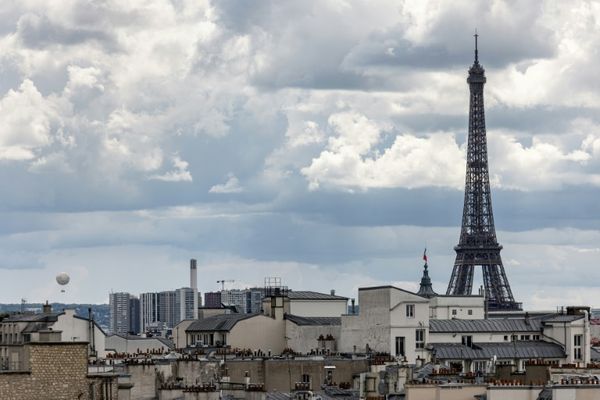
When it came to the new 2026 Rivian R2 (and adorable little R3), Rivian CEO RJ Scaringe said that millions of decisions were made across thousands of engineers—and the charge port location was definitely a decision. It's so polarizing that the internet can't help but ask "why did Rivian move the charge port to the rear of the passenger side?" Well, we've got answers.
To answer that, we turn to Jeff Hammoud. He was the person who initially drove the Rivian R2 onto the stage during its unveiling. He also happens to be the person who was in charge of the design on the R1, R2, and R3 projects.
In a roundtable discussion, Hammoud explained that the primary driving factor was actually European countries where EV charging infrastructure is a bit more robust than Rivian's domestic market in the U.S. Specifically, Hammoud references curbside destination charging, which allows owners to plug in when parked on the side of the street. He explains:
"We did that for a couple of reasons," said Jeff Hammoud, Chief Design Officer at Rivian, "We did a lot of research and specifically in left-hand-drive countries in Europe we saw a lot of people charging cars on the street. You'd see charging cables like wrapped over hoods to get to the other side, and we wanted to solve that."

Remember that Rivian is planning to sell the R2 in Europe, and in the U.S. we may very well end up with a similar configuration of curbside charging infrastructure eventually.
On the R1S and R1T, the charge port is currently located at the front-left corner of the vehicle, which means that they too would be plagued by the cable-over-hood issue that Hammoud talks about. And for existing customers who plan on picking up an R2, Rivian doesn't want them to have to modify their charger installation.
"The other thing is it's building off our current charging network. [In the R1, the port] is in the front driver's side," Hammoud said. "So if you were to flip the car and back into the space, it's essentially in the exact same location."

And, of course, all things boil down to cost. Just like customers might not want to spend extra money on electrical wiring to move their charger, Rivian doesn't mind saving a few dollars on each vehicle by shortening the amount of electrical wiring needed to build the R2 and R3.
"The other reason isn't specific to the customer but is important to us: Wire routing. Being able to have it there meant less wires, which means less weight and less cost. So it was a win, win, win for us to make that decision."
While it may be a win-win-win for Rivian, the decision itself is confusing and controversial, especially as Tesla begins to open up its Supercharging network to Rivian this month. Because of the location of the charge port, Rivians will need to double-park at V3 Supercharger stalls due to the length of the charger cable. Those chargers were designed for Teslas, which all have the port on the rear left. Eventually, Tesla may retrofit its Supercharging locations with its new V4 Superchargers, though the timeline and cost for that are unknown.







